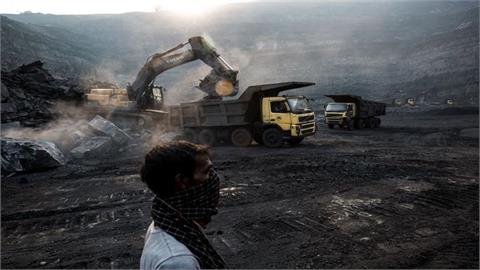New environmental rules for marine fuels could cost the shipping industry $50bn and drive many operators out of business, the chief executive of one of the world’s largest container shipping companies has warned.
"We’re all going to go bust,” Junichiro Ikeda, president and chief executive of Japan’s Mitsui OSK Lines,told the Financial Times in summing up his assessment of a fuel emission cap if the industry is unable to pass on the cost.
Mr Ikeda also weighed in on President Donald Trump’s steel and aluminium tariff sand trade dispute with China, expressing his concern about a "tit-for-tat” escalation that brings "a possibility that cargo volume is going to shrink dramatically”.
To curb emissions from ships, the UN International Maritime Organisation has decided to cap sulphur content in marine fuel oil, cutting the limitfrom 3.5 per cent to 0.5 per cent in 2020.
The timing of the cap was brought forward after a study by Finland found that without it there could be 570,000 premature deaths from air pollution between 2020 and 2025.
Ship owners will either have to switch to more expensive, higher-quality marine fuel, invest in emissions-cleaning systems referred to as "scrubbers” or use alternative fuels such as liquefied natural gas.
Jack Jordan, an editor at information service S&P Global Platts, said ship owners were having to choose a strategy "with next-to-zero concrete information available, and the ones that make the wrong choice could be driven out of business in the early 2020s”.
This uncertainty is reflected in cost estimates. In 2016, the OECD predicted the cost of the cap for container shipping would be $5bn-$30bn, while last year consultancy Wood Mackenzie said it could be up to $60bn.
High-sulphur bunker fuel, which shipping companies use at present, is about $420 per metric tonne; low-sulphur oil is around $630 per metric tonne. Mr Ikeda said he expected the difference to rise to as much as $300.
He said "society as a whole” should help to fund the move to low-sulphur fuel. Customers must understand "that this [cap] is contributing to the health of the globe” and thus their costs will rise. He added that the extra cost — if passed on to customers — would be "pretty tiny, compared to the value of the cargo”.
In October 2016, Mitsui joined two of its local rivals to establish a joint venture for their container shipping businesses. The result, Ocean Network Express, is the fifth biggest in the world, a consolidation which Mr Ikeda said would contribute to the "stabilisation” of the market.
Sluggish trade growth and overcapacity had hit the sector hard. Hanjin Shipping, South Korea’s biggest container line, went into bankruptcy in August 2016.
Mr Ikeda said he could not foresee much more consolidation, not least because smaller players in South Korea and Taiwan received state subsidies, a situation he called unfair.
One area which Mr Ikeda said Mitsui was exploring was autonomous navigation or self-driving ships, in a project with Rolls-Royce. He said full autonomy was not a near-term prospect, but added that Mitsui was developing individual measures such as a "virtual reality projection of where the ship was going” on the bow window.
Mitsui had revenue of Y1.5tn ($13.4bn) in 2017, a fall of 12 per cent on the previous year, but it made a pre-tax profit of Y23bn ($207m), compared with a Y154bn loss the year before.
(Financial Times 11/06/2018)



